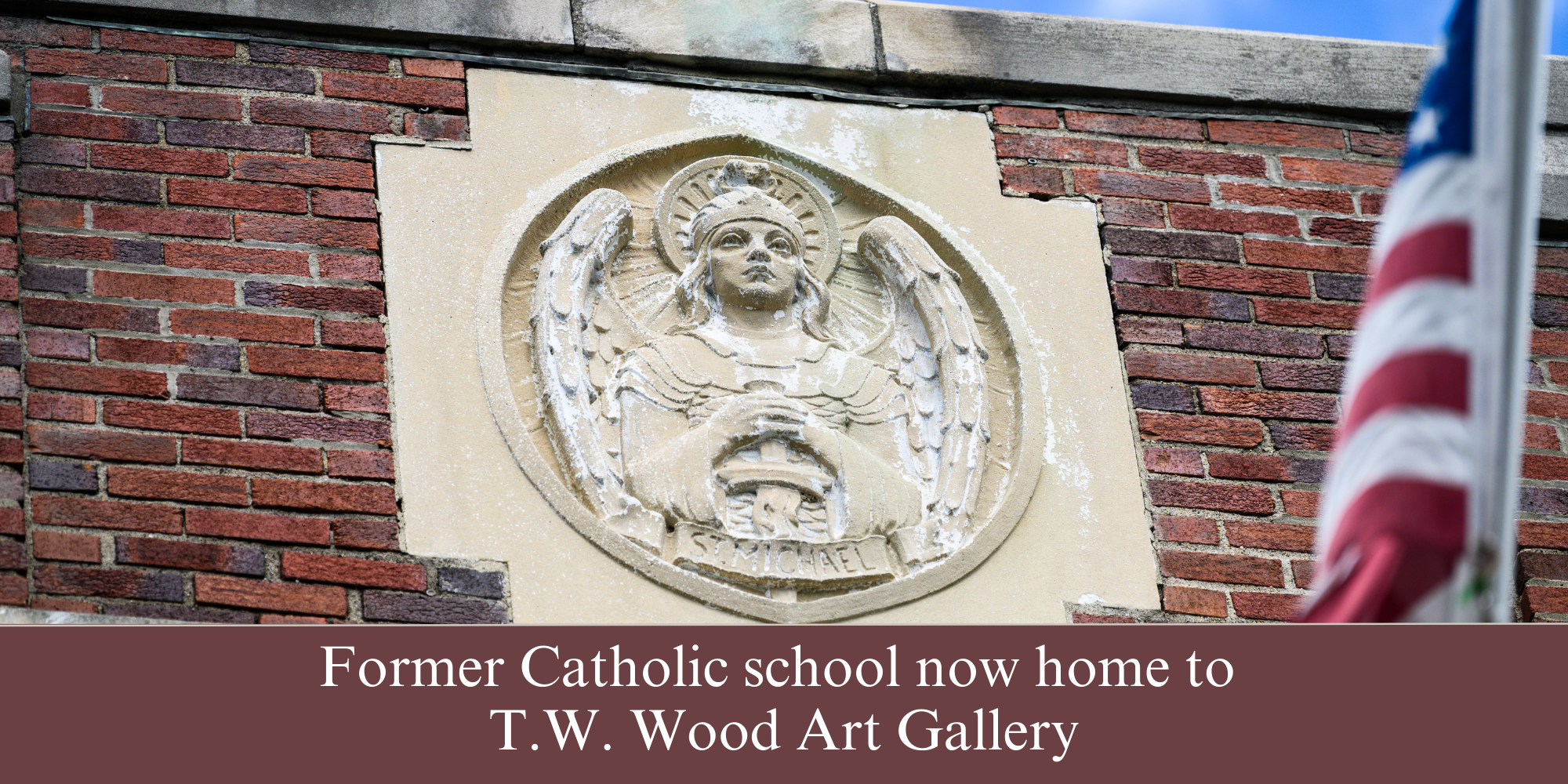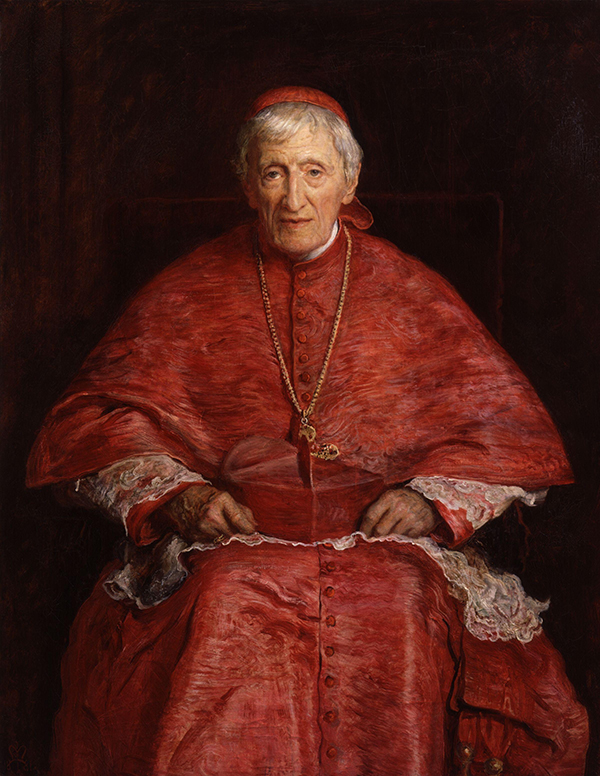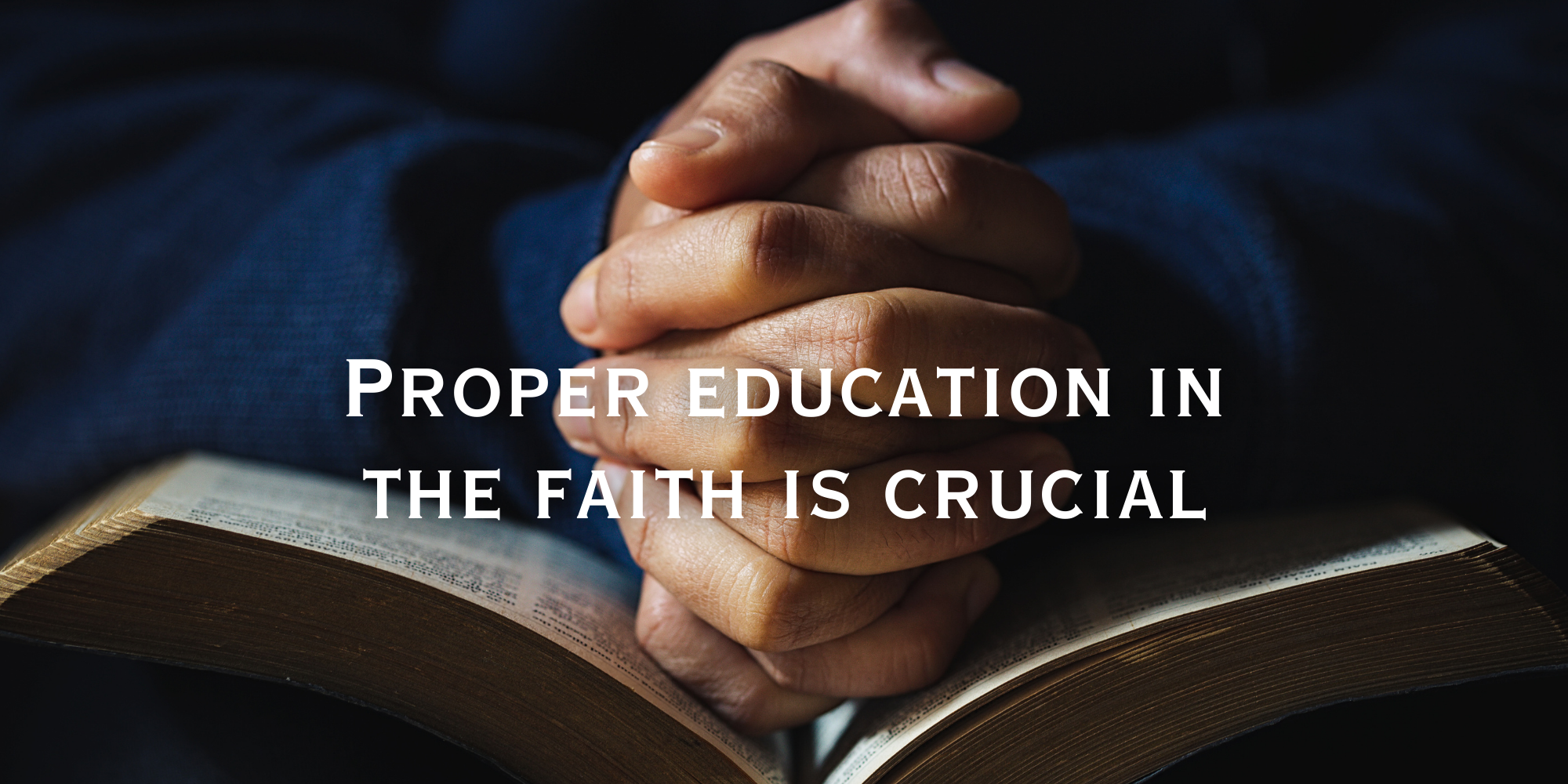
St. Michael School in Montpelier merged with St. Monica School in Barre in 2009 and the buildings sold. Yet when I visited the former school recently, I found myself contemplating the Nativity of the Virgin Mary — more importantly, the often-hidden ways our parishes inform our communities and in turn are enriched by them.
The Nativity of the Virgin Mary is a painting by Thomas Waterman Wood (1823-1903), a globally famous artist from Montpelier deeply engaged with Catholic art.
The T. W. Wood Art Gallery, begun by Wood in 1897, purchased one of St. Michael’s brick buildings in 2012 and through it found their first permanent home. “At first I didn’t think it could be done,” said Phillip Robertson, a member of the board of trustees and volunteer curator of the collection at T. W. Wood Gallery. “I saw the space and thought ‘How are we ever going to turn this into an art gallery?’ But we figured it out.”
W. Wood’s rise to international artistic prominence was unlikely. He was born in 1823 in Montpelier to a cabinet-maker father. Local lore attributes the visit of an itinerant portrait artist with sparking Wood’s interest in painting.
Wood was almost entirely self-educated, other than a three-month apprenticeship in Boston with artist Chester Harding.
In the early 1860s, Wood lived in the ante-bellum South and visited Minnesota, which drew out his most noteworthy trait: the realistic and empathetic way he portrayed people of color in everyday life, almost unknown in his time.
Wood made New York City his home base. His career flourished, and he became president of the American Academy of Design. Yet he and his wife, Minerva, returned every summer to Montpelier.
Though Protestant, Wood’s life in Montpelier and work deeply intertwined with St. Augustine Parish, of which St. Michael School was a part. Two of his paintings hang in the back the church today. They go largely unnoticed, even to those at the gallery.
“When I first started at the gallery in the 1980s,” Robertson remembered, “I discovered the St. Augustine paintings. I asked my co-workers, ‘Did you know that there are two Wood pieces at St. Augustine?’ They didn’t. So I went over and saw them for the first time.”
W. Wood gave the first painting, a copy of La Madonna del Rosario/The Virgin of the Rosaryby Bartolomé Esteban Murillo (1617-1682), to St. Augustine on July 26, 1897, the night he opened the T. W. Gallery. Wood had gone to the Dulwich Gallery in London to copy the painting, one of the several trips he made to Europe to copy famous masterpieces.
The December 1897 issue of The Vermonter called it “one of the finest paintings now existing in the state” and the people of the Diocese of Burlington agreed. Burlington Bishop Louis deGoësbriand came to St. Augustine’s where he “consecrated [it] with great ceremony,” telling Wood, “You have made the great Murillo of the 17th century our contemporary.”
Wood, for his part, explained his motivation for the gift. “Born and reared as Protestants and still adhering to that faith, we, nonetheless, are able to appreciate and to prize the work which your great Church has done for civilization, not only in religion and morals and charity, but also in art and letters. It is especially for what it has done in the creation of art, and in the protection and conservation of the objects of art, that we, as artists, desire to make recognition of our indebt to it.”
In 1897, Wood went to the Vatican and painted the second painting at St. Augustine: a copy of Raphael’s Transfiguration. He reached out to Pope Leo XIII (1978-1903) through an archbishop and asked for an audience. Though the archbishop was doubtful, the pontiff agreed. Wood explained his project and explained that it was for “St. Augustine within the hills of Vermont.” Upon seeing the beauty of the painting, Pope Leo gave his blessing. A couple days later Wood received it in writing, which can be found in the January 1899 issue of The Vermonter.
Wood and St. Augustine Parish remained close until his death. Father O’Sullivan, pastor of St. Augustine, came to Wood’s aid in a community-wide conflict over the founding of the public library, something Wood never forgot. O’Sullivan gave a eulogy at Wood’s funeral in 1903, and the Sisters of Mercy, who staffed St. Michael School, gave a cross of roses and carnations.
For Robertson, coming to the old St. Michael School building was a kind of homecoming. “As we figured out the gallery, I also came to see that Wood would have loved that we’ve made the former St. Michael School the first permanent home of the T. W. Wood Gallery. St. Augustine was a very special community to him.
Perhaps the relationship between St. Augustine and T. W. Wood is still evolving. While visiting the gallery, Robertson showed me some of about 30 pieces of Wood’s Catholic-themed art sitting in storage. When I asked about showing them at St. Augustine Church, he smiled. “Maybe there’s a way to find a home for them there.”
I think T. W. Wood would like that. And the Sisters of Mercy too.
— Damian Costello is the director of postgraduate studies at NAIITS: An Indigenous Learning Community, a speaker with the Vermont Humanities Council, and a member of St. Augustine Parish in Montpelier.
—Originally published in the Fall 2023 issue of Vermont Catholic magazine.





